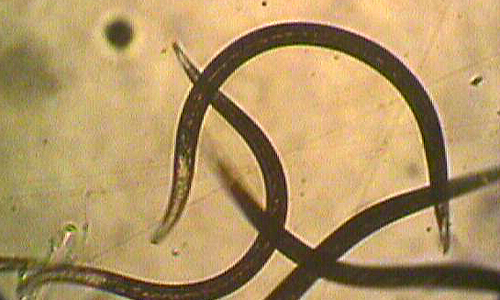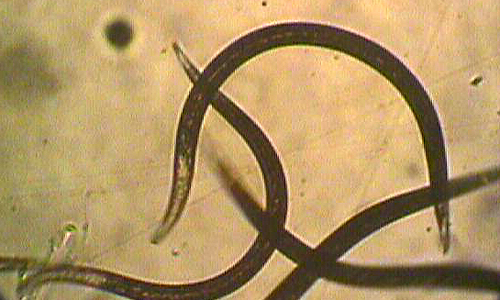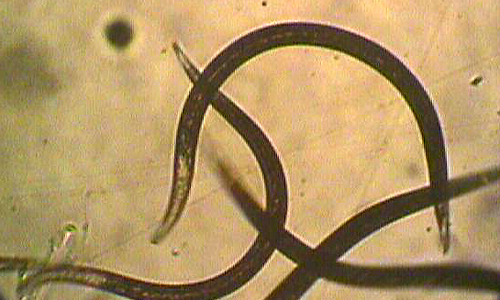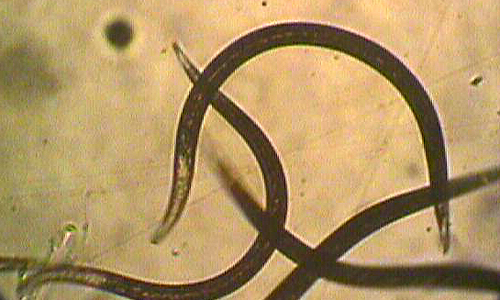Billbugs
Damage caused by billbugs
The billbugs are weevils (called as snout beetles) that considered as one of the most damaging pests of Kentucky bluegrass but they can also cause serious damage to perennial ryegrass, tall fescue, fine fescue, corn, rye and wheat. Adults weevils feed on the grass leaves whereas grubs feed on the plant crowns. Briefly, young grubs after hatching from eggs generally move towards crown and roots by burrowing through the grass stem and complete two developmental stages. Then third stage grubs will feed externally on the roots and crowns and eventually kill the entire grass plants. Damage by billbugs generally starts appearing as irregular mottling or thinning patches of the turf in mid-June through August.
Facts (show all)
- Common names
-
- Billbug
- Scientific name
-
- Sphenophorous parvulus, S. cicastriatus
- Identification
-
Adults: Adult weevils are blackish or greyish in color with elbowed antennae and distinct grooves running longitudinally down their forewings. They have a distinct narrow beak or rostrum extending in front of their heads with chewing mouthparts are located at the tip of rostrum.
Eggs: White, long and oval in shape.
Grubs: Billbug grubs are legless, cream in color with brown head capsules and slightly curved body.
Pupae: Pupae are creamy in color.
- Biology
-
Billbug overwinter as adults in leaf litter and thatch. Overwintering billbug adults generally emerge out from their hiding places in April and start feeding on the grass leaves. Female billbugs generally lay eggs inside a hole chewed by them in the stem near the base of the turf plants. Eggs hatch within two weeks. After hatching from eggs, young grubs generally move towards crown and roots by feeding and burrowing through the grass stem. Inside the stem, grubs will complete two stages and then exit the stem. Then third stage grubs will feed externally on the roots and crowns of grass plants up to 7- 8 weeks. Then these grubs will pupate in the soil. Adults will emerge from pupae in september and then will overwinter as adults. Billbugs generally complete one generation in a year.
- Organic Control of billbugs
-
As both larval (grub) and pupal stages of billbugs found in the soil, they can be easily targeted and killed with beneficial entomopathogenic nematodes like Steinernema carpocapsae, Steinernema feltiae and Heterorhabditis bacteriophora nematodes or combination of these three nematode species. These three nematode species are commercially available and can be applied at the rate of 23000 nematodes per square foot or 1billion nematodes per acre to achieve up to 100% mortality of billbugs.
-
- Following beneficial nematodes can control billbugs organically
- Beneficial entomopathogenic nematodes for leafminer control
-
- Steinernema carpocapsae
- Steinernema feltiae
- Heterorhabditis bacteriophora
Click each of the following beneficial nematodes for more information on their rates and methods of applications for the effective control of the billbugs
- Billbug Adult








